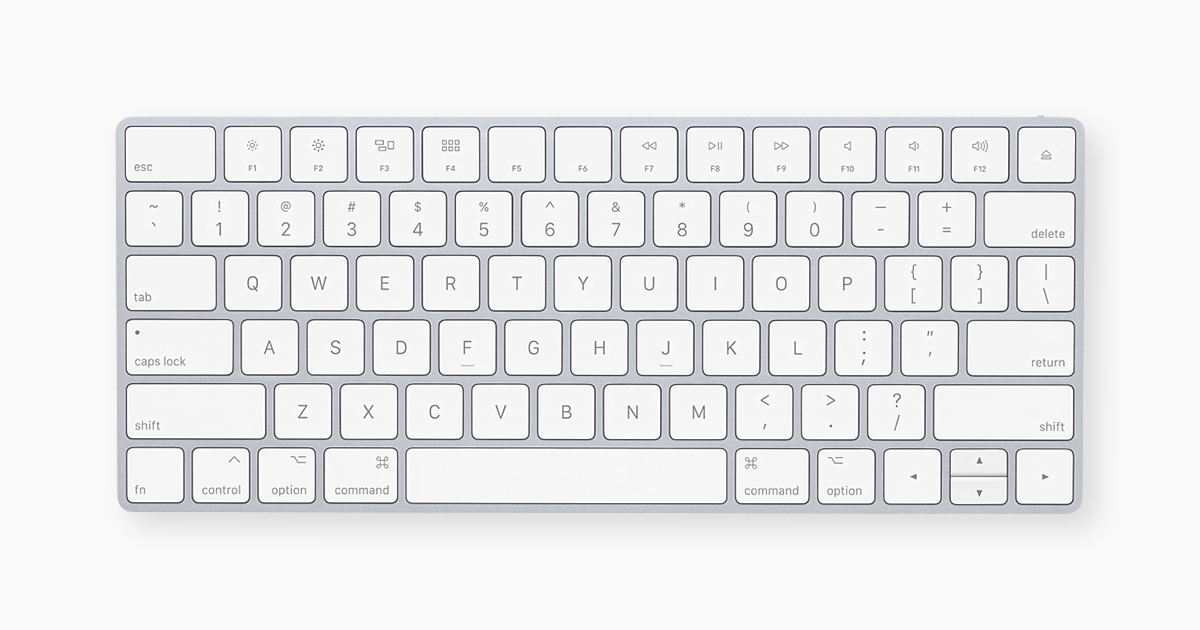Control Shift For Mac
Control–Shift–Power button. or Control–Shift–Media Eject: Put your displays to sleep. Control–Power button. or Control–Media Eject: Display a dialog asking whether you want to restart, sleep, or shut down. Control–Command–Power button:. Force your Mac to restart, without prompting to save any open and unsaved documents. In some apps, such as Chrome, it is exactly what you’d expect from familiarity with the Windows shortcut: shift-command-V. – Timothy Mueller-Harder Nov 30 '18 at 2:01 Yah, like MS Office, there are developers who don't use the system bindings for their own (internal, presumably) reasons.
Reset the SMC on computers that have the T2 chip
If your Mac has the Apple T2 Security Chip, follow these steps. If you need help, contact Apple Support.

Notebook computers with the T2 chip
Control Shift Power Mac
Before resetting the SMC, try these steps:

- Shut down your Mac.
- Press and hold the power button for 10 seconds, then release the button.
- Wait a few seconds, then press the power button to turn on your Mac.
If the issue persists, follow these steps to reset the SMC:
- Shut down your Mac.
- On your built-in keyboard, press and hold all of the following keys. Your Mac might turn on.
- Control on the left side of your keyboard
- Option (Alt) on the left side of your keyboard
- Shift on the right side of your keyboard
- Keep holding all three keys for 7 seconds, then press and hold the power button as well. If your Mac is on, it will turn off as you hold the keys.
- Keep holding all four keys for another 7 seconds, then release them.
- Wait a few seconds, then press the power button to turn on your Mac.
Desktop computers with the T2 chip
- Shut down your Mac, then unplug the power cable.
- Wait 15 seconds, then plug the power cable back in.
- Wait 5 seconds, then press the power button to turn on your Mac.
Reset the SMC on other computers
If your Mac doesn't have the Apple T2 Security Chip, follow these steps. If you need help, contact Apple Support.
Notebook computers with a non-removable battery
Mac Shift Key
This applies to MacBook Pro models introduced in mid-2009 to 2017, MacBook Air models introduced in 2017 or earlier, and all MacBook models, except the MacBook (13-inch, Mid 2009).
- Shut down your Mac.
- On your built-in keyboard, press and hold all of these keys:
- Shift on the left side of your keyboard
- Control on the left side of your keyboard
- Option (Alt) on the left side of your keyboard
- While holding all three keys, press and hold the power button as well.
- Keep holding all four keys for 10 seconds.
- Release all keys, then press the power button to turn on your Mac.
Notebook computers with a battery that can be removed
This applies to all MacBook Pro and MacBook models introduced in early 2009 or earlier, as well as the MacBook (13-inch, Mid 2009).

- Shut down your Mac.
- Remove the battery. (If you need help removing it, contact an Apple Store or Apple Authorised Service Provider.)
- Press and hold the power button for 5 seconds.
- Reinstall the battery.
- Press the power button to turn on your Mac.
Desktop computers
- Shut down your Mac, then unplug the power cable.
- Wait 15 seconds, then plug the power cable back in.
- Wait 5 seconds, then press the power button to turn on your Mac.
About the SMC
The system management controller is responsible for managing behaviours related to these features:
Control Shift 4 Mac
- Power, including the power button and power to the USB ports
- Battery and charging
- Fans and other thermal-management features
- Indicators or sensors such as status indicator lights (sleep status, battery charging status and others), the sudden motion sensor, the ambient light sensor and keyboard back-lighting
- Behaviour when opening and closing the lid of a notebook computer
Resetting the SMC doesn't affect the contents of NVRAM or PRAM.
